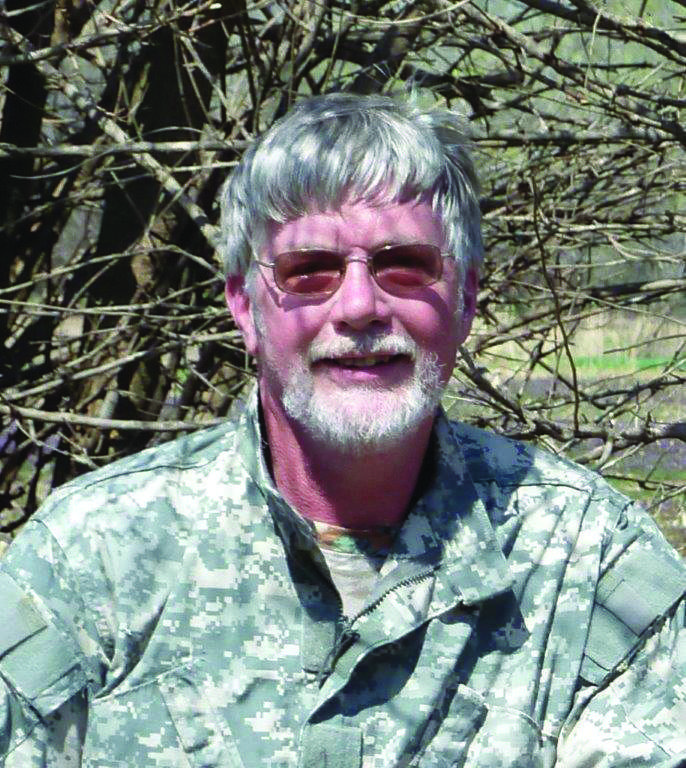For the past few weeks, the skies around Inman and McPherson have resembled scenes from old war movies where the skies are thick with the old war planes, only here, those old war planes highly resembled geese. They spend most of the day on the numerous ponds and wetland here, then every morning and every evening fly in huge groups out to the numerous crop stubble fields to feed. It’s interesting to observe the “flying Vs” formed by the different groups. Some are tightly formed and maintained while others are completely hap-hazard; maybe those are the youngsters.
A flying wedge is described simply as a body of anything moving forward in a triangular or “V” shaped formation. This V shaped formation began as a successful military strategy in ancient times where infantry units would ban together in a wedge-shaped formation and move forward to smash through enemy lines. For a brief time in the late 1800’s before it was outlawed 2 years later, the flying wedge was also a popular football formation where defenders locked themselves together in a V shape and moved down the field, protecting the ball carrier as they went. The flying V can also be used to describe my wood splitting prowess. Inevitably when splitting firewood, I’ll hit the wedge crooked and it flies across the yard. If I happen to drop a piece of firewood on my foot or scrape my shin with the splitting maul, again the wedge flies across the yard….Anyway, this time of year the flying V is quite prevalent overhead as flocks of hundreds and perhaps thousands of geese use it to navigate across the central Kansas sky.
There is science to support geese and other migratory birds traveling in a flying V shaped formation. Tom Bidrowski, State Waterfowl Biologist and Program Director for Kansas tells me it’s all about aerodynamics, and the perfect example of how that works is a racecar driver “drafting” by using the car in front of him to part the air causing less wind resistance and drag on his car. It works the same way for a large flying V of geese. Many geese that end up in central Kansas travel 500 miles or more to migrate here, so the front birds in the V that encounter the most turbulence are usually older, stronger, mature birds. The front birds alternate places with other stronger mature birds every few minutes to conserve their strength. Every bird in the V uses the bird in front of it to “draft” and help part wind resistance for it. Bidrowski says numerous studies over the years have attached satellite or GPS units to migrating geese to tell biologists everything from flying speed to altitude. He says those studies have shown that each goose in the V also gains lift from the wing beats of the bird in front of it, helping each goose to save up to 70% of its energy. Flying in a wide V shape also allows the group to better see all around for both security and navigational purposes.
Bidrowski also gave me some interesting facts about goose migration. He says when going back north to nest, nearly all females will find their way back to where they themselves hatched and were fledged, and the males seem to follow. When heading back south for the winter, family groups stay pretty much together and frequently will end up at the same area they wintered the previous year. Habitat changes either man made or natural such as droughts or dramatic crop failures can change that, forcing them to find a different area that will sustain them. Bidrowski also told me studies have shown that long annual migration times are based on lunar cycles. The birds seem to travel around peak full moon times, choosing also to travel at night using stars and other celestial features in the night sky to navigate.
Now I have one last tidbit concerning the flying wedge. As you train your eyes skyward to watch wave-after-wave of squawking, cackling geese crawl and meander across the sky, have you ever wondered why one side of the V is always longer than the other? That’s because there are more geese on that side…Continue to Explore Kansas Outdoors.
Steve can be contacted by email at [email protected].





